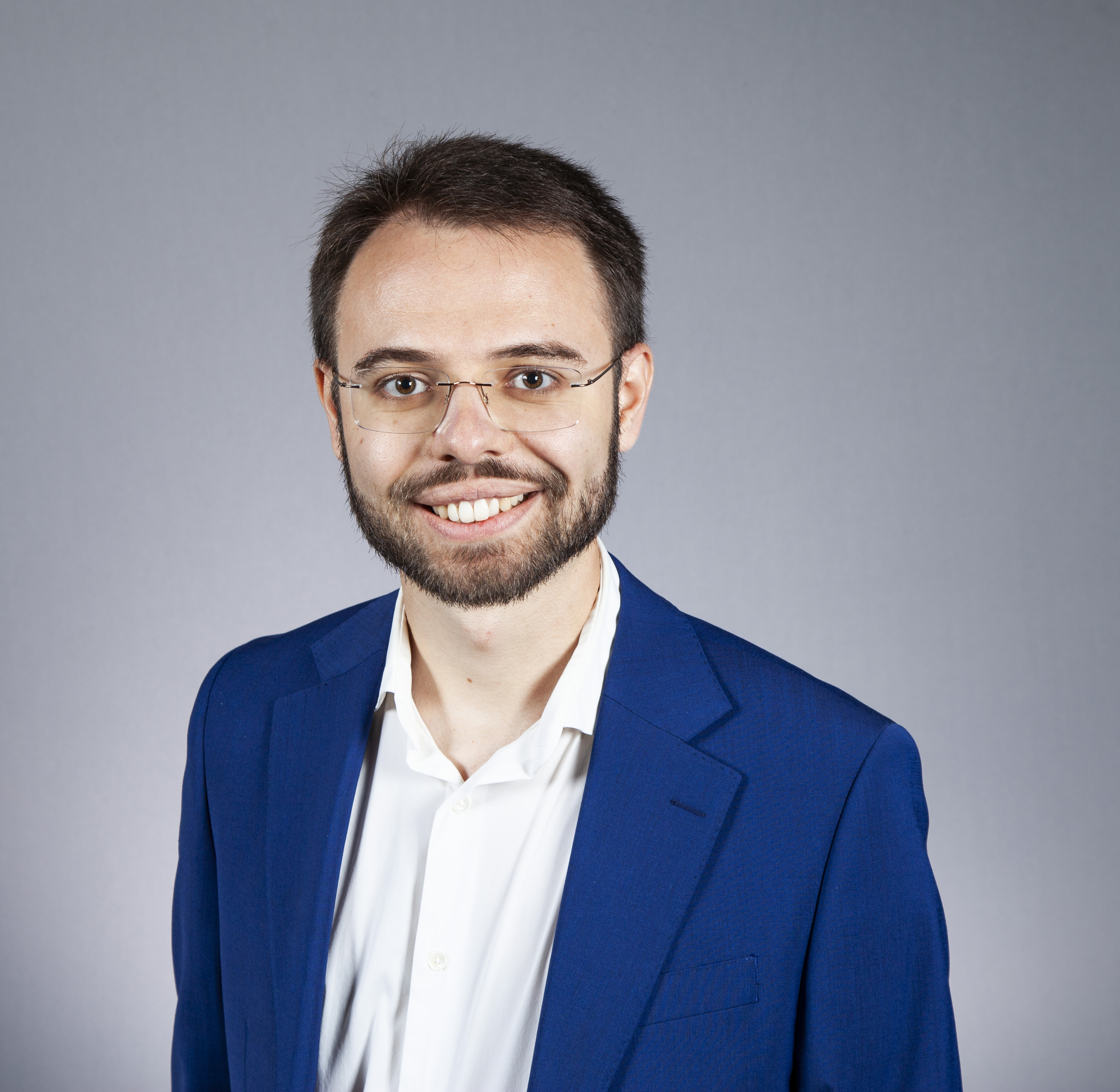Lucas Sá is a theoretical physicist interested in the collective behaviour of quantum particles. Just like people, microscopic particles behave very differently when in large groups, leading to emergent collective phenomena whose properties are very different from those of the individual constituents. Lucas' research examines their properties in the presence of chaos and dissipation, a newly flourishing field known as dissipative quantum chaos. Lying at the interface of several areas of physics (condensed matter, high-energy theory, and quantum information science), it revolves around the following overarching questions:
(i) How to study the dynamics of far-from-equilibrium strongly interacting many-body quantum systems (e.g., those affected by noise or connected to a heat bath)?
(ii) What are the universal properties of complex dissipative quantum matter?
(iii) How to define, detect, and quantify quantum chaos in the presence of dissipation?
While theoretical, it is expected that Lucas' work will impact experimental physics and technological applications, namely, the design of novel nonequilibrium quantum materials and the use of dissipation as a resource for quantum information processing. In the latter case, by both fighting and overcoming dissipation, e.g., through quantum error correction, or harnessing it for improved quantum simulations, it will impact the search for applications of current-term noisy quantum computers and pave the way for improved future ones.
Lucas completed a PhD in Physics at the University of Lisbon before joining the Cavendish Laboratory, University of Cambridge as a Royal Commission for the Exhibition of 1851 Research Fellow and Christ's College as a Junior Research Fellow. At Christ's, Lucas will engage in new directions, for instance, integrating the physics of topological quantum matter and applications to Majorana devices into his research repertoire.

